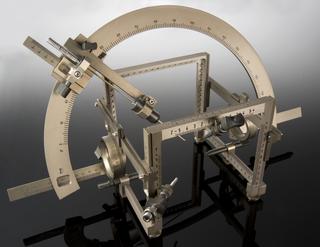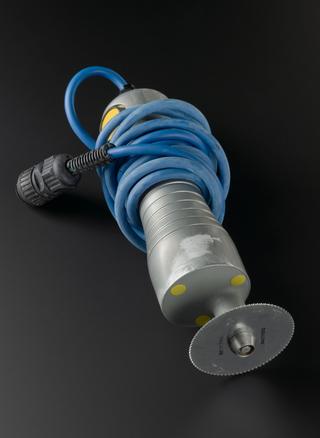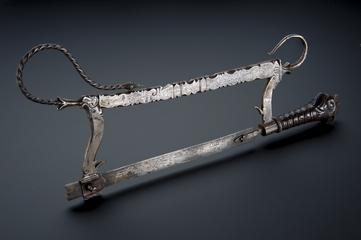




Metacarpal, bow-frame amputation saw, c. 1850
Benjamin Bell, an influential Scottish surgeon (1749-1806), introduced a number of modifications to surgical instruments during his career. This saw appeared in 1780. It was used for amputations that required cutting through the metacarpal bones, which are situated in the palm of the hand. The hexagonal handle was a general innovation introduced in 1770 in order to improve the grip on the saw.
Details
- Category:
- Surgery
- Collection:
- Sir Henry Wellcome's Museum Collection
- Object Number:
- A600833
- Materials:
- blade, steel, frame, steel and handle, wood
- Measurements:
-
overall: 23 mm x 230 mm x 80 mm, .107 kg
blade: 88 mm
- type:
- amputation saw



